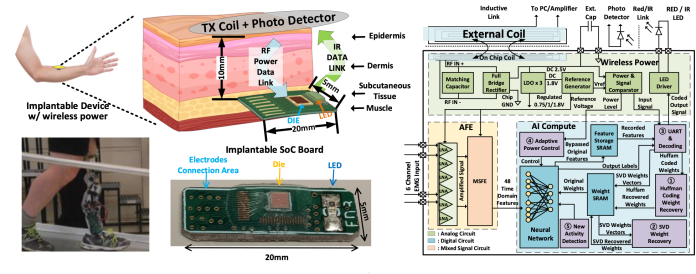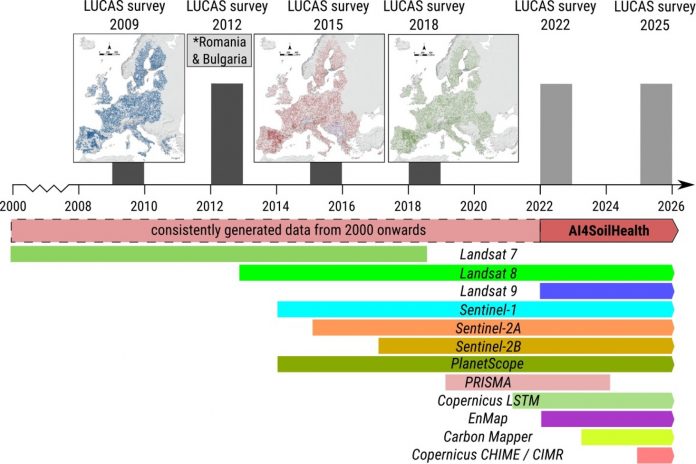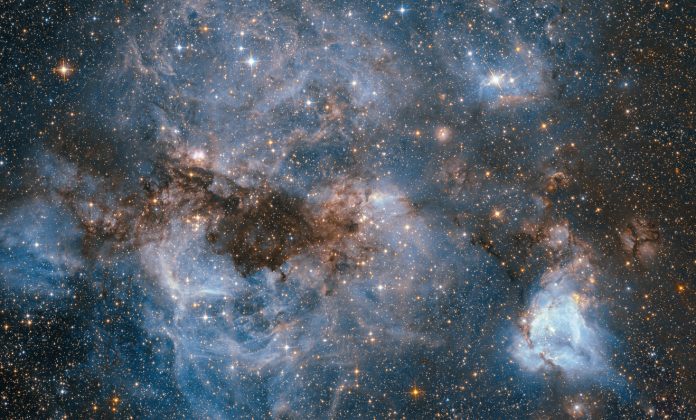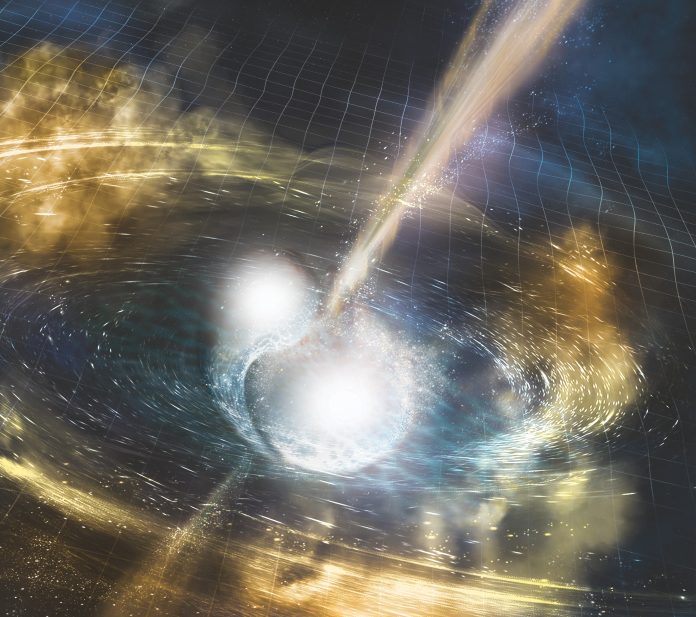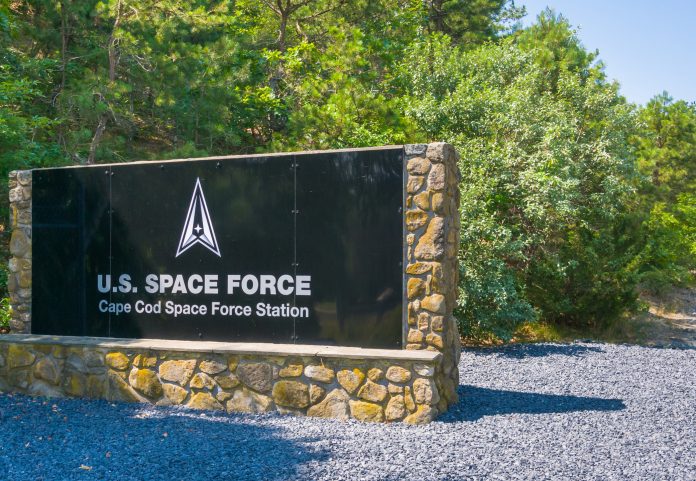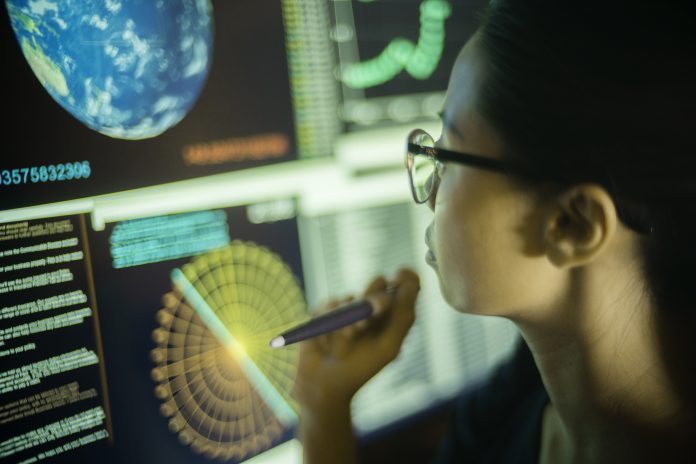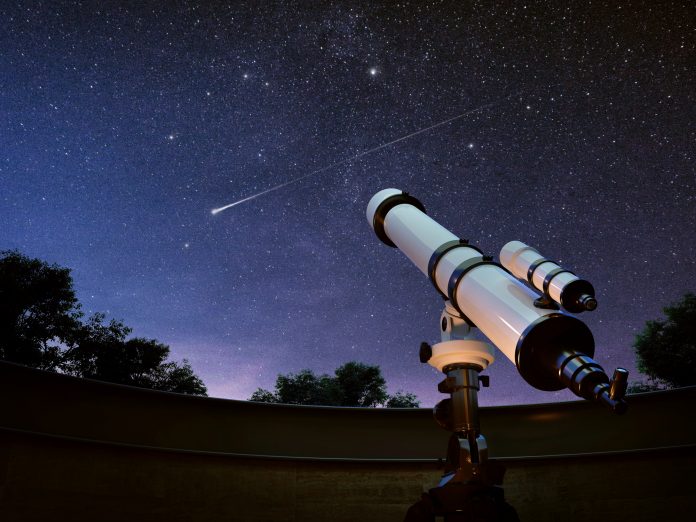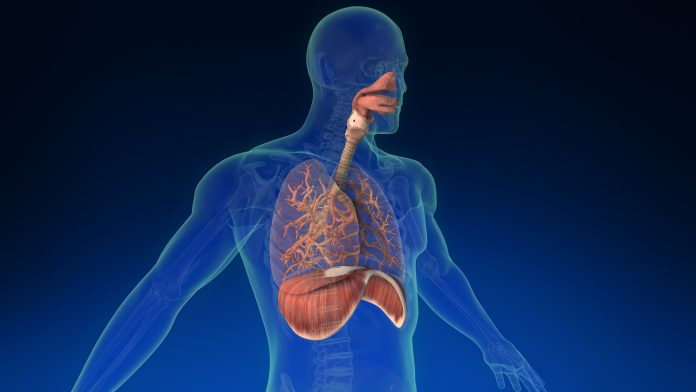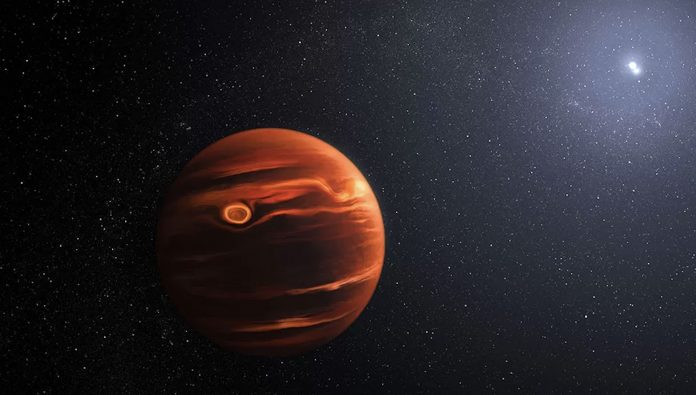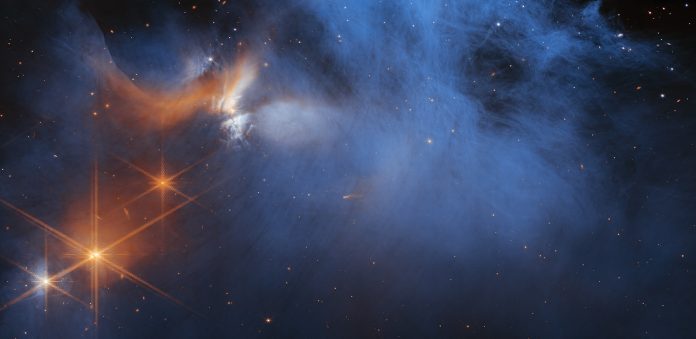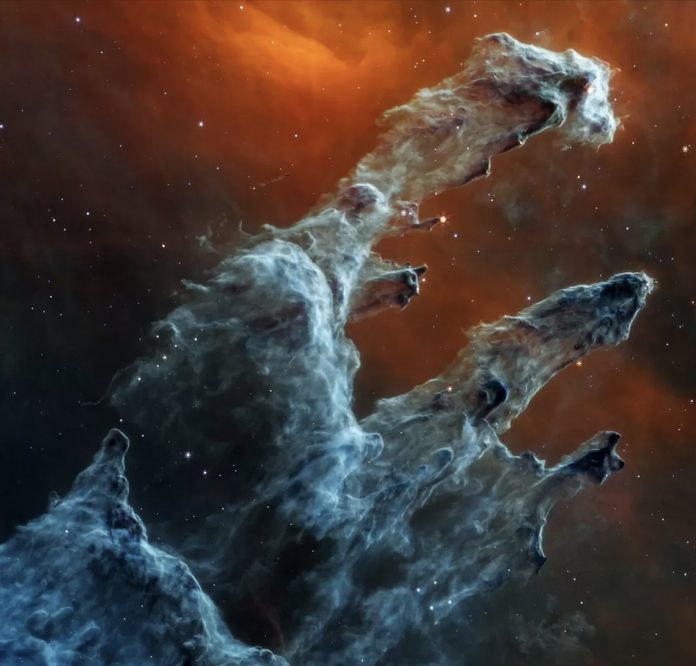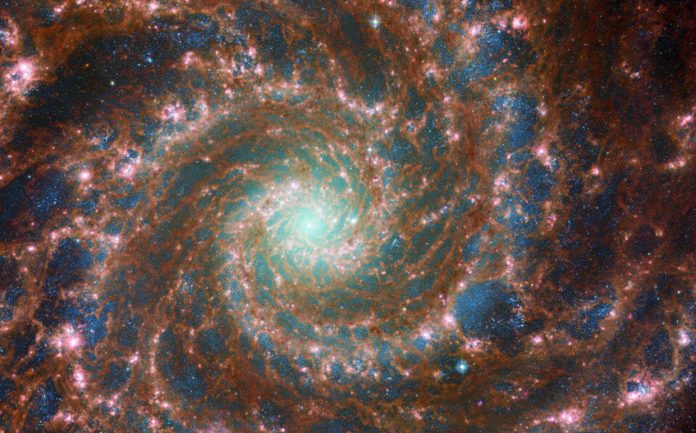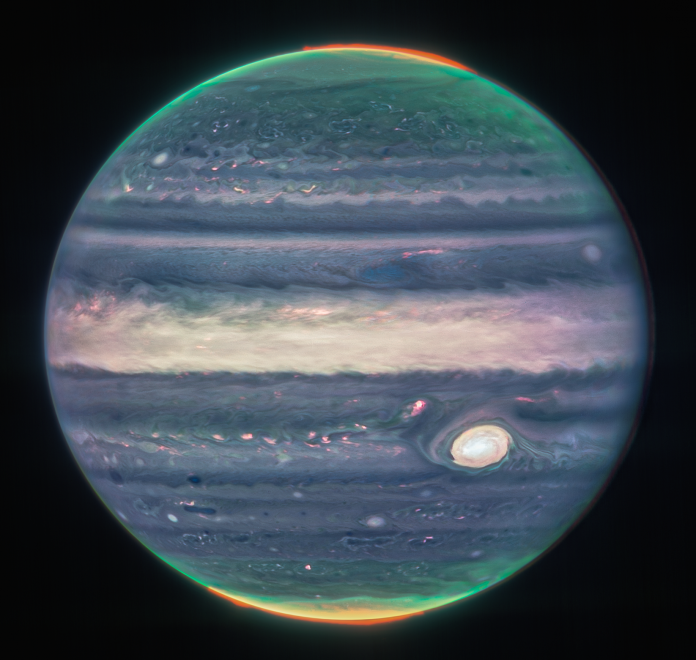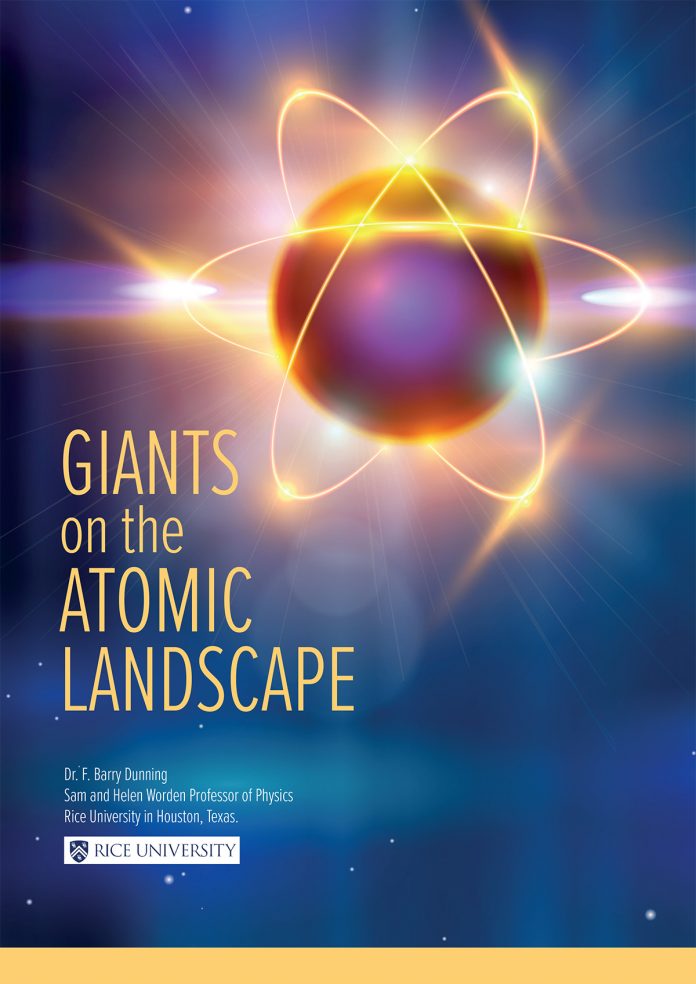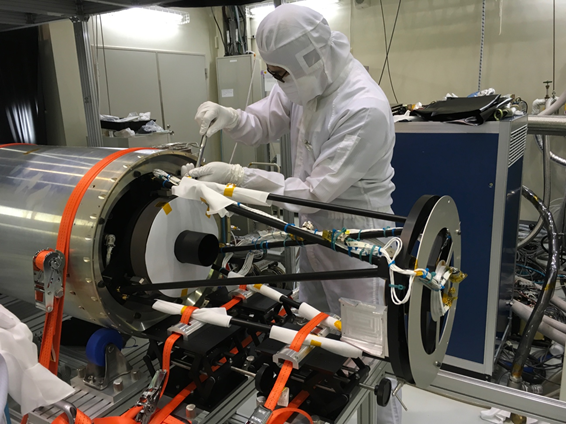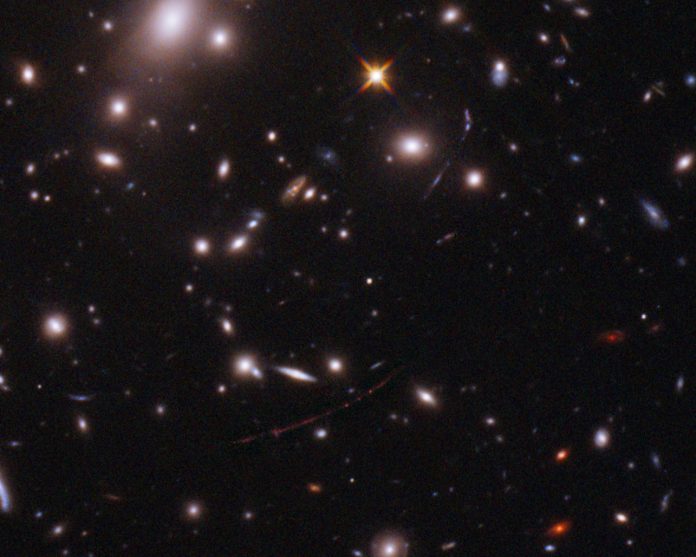Open Access Government produces compelling and informative news, publications, eBooks, and academic research articles for the public and private sector looking at health, diseases & conditions, workplace, research & innovation, digital transformation, government policy, environment, agriculture, energy, transport and more.
Home Search
infrared technology - search results
If you're not happy with the results, please do another search
A portable quantum simulator on a silicon chip
Mher Ghulinyan, Senior researcher at the Fondazione Bruno Kessler’s Centre for Sensors and Devices, tells us about the EPIQUS project and the creation of a cost-effective, user-friendly, and high-performance quantum simulator based on full integration of silicon nitride photonics with silicon electronics.
AI-empowered neural processing for intelligent human-machine interface and biomedical devices
Jie Gu, Associate Professor from Northwestern University, examines AI-empowered neural processing for intelligent human-machine interface and biomedical devices.
Soil health monitoring through iterative analysis of soil’s past, present, and future
Tom Hengl, Director of the OpenGeoHub foundation, discusses the importance of soil health monitoring and how the AI4SoilHealth project is supporting this endeavor.
Astrophysics research in North America
Open Access Government provides a brief overview of the advancements in astrophysics research in North America.
What remains when two neutron stars collide?
Distinguished Professor Susan M. Scott and Dr Karl Wette from the Australian National University examine what remains when two neutron stars collide in this exciting gravitational astrophysics focus.
U.S. Space Force awards Booz Allen $630M satellite contract
Booz Allen Hamilton secures a $630 million, seven-year contract from the U.S. Space Force to integrate satellite systems for missile warning, environmental monitoring, and surveillance.
UK Space Agency funds Earth observation technologies
UK Space Agency offers £15 million in funding for Earth Observation technologies to advance climate monitoring, environmental management, and scientific knowledge.
Euclid space telescope successfully launched by SpaceX Falcon 9
The Euclid Space Telescope, aimed at unraveling the mysteries of the Universe, has been launched aboard a SpaceX Falcon 9 spacecraft from Florida's Cape Canaveral.
Why do companies use biometric access control and authentication?
In today's technologically advanced businesses, ensuring the security of information is paramount. As a result, companies are turning to biometric access control systems to bolster their security.
COVID-detecting breathalyser could identify cancer and lung disease
With the potential to revolutionise medical diagnostics, a breathalyser using quantum laser-based technology could diagnose illness from exhaled breath.
James Webb Space Telescope detects dust storm on exoplanet VHS 1256b
For the first time, a raging dust storm has been observed by the James Webb Space Telescope on the exoplanet known as VHS 1256b, which is outside our Solar System.
JWST: Capturing the secrets of space ice chemistry on video
Different particles of space ice have been discovered by the James Webb Space Telescope (JWST) in a molecular cloud’s darkest and coldest regions.
The Pillars of Creation: a James Webb update
The stunningly high-resolution telescope has captured yet more pictures of our universe in unprecedented detail and beauty with its newest release showing us the ‘Pillars of Creation’.
How the pandemic was the catalyst for geospatial innovation
Geospatial technology, or geographic information systems (GIS), has become an essential instrument in multiple areas today: agriculture and aviation, construction and commerce, climate research and law enforcement—the list could go on.
The Phantom Galaxy: a Hubble and James Webb collaboration
A collaboration of the two greatest telescopes has resulted in this stunning image of the phantom galaxy Messier 74 located 32 million lightyears away.
Viewing the universe: The “incredible” auroras of Jupiter
It seems every week the magic of the James Webb telescope grips us all again, viewed in unprecedented detail the telescope has revealed the giant storms, moons, rings and auroras of Jupiter.
Giants on the atomic landscape
Dr F. Barry Dunning, Sam and Helen Worden Professor of Physics at Rice University in Houston, explains some key discoveries about the structure of atoms.
Low-cost high-productivity space science from Japan
NAOJ Director General Saku Tsuneta provides an overview of Japan’s involvement in space science.
Hubble Space Telescope finds most distant star ever documented
NASA's Hubble Space Telescope reveals the most distant star ever documented - it took the light from Earendel 12.9 billion years to reach Earth.
Real-time soil health management for sustained agriculture practices
Aarthi JanakiRaman, Research Director, Chemicals and Advanced Materials at TechVision, Frost & Sullivan, turns the spotlight onto continuous and real-time soil health management, which are critical for sustained agriculture practices.


